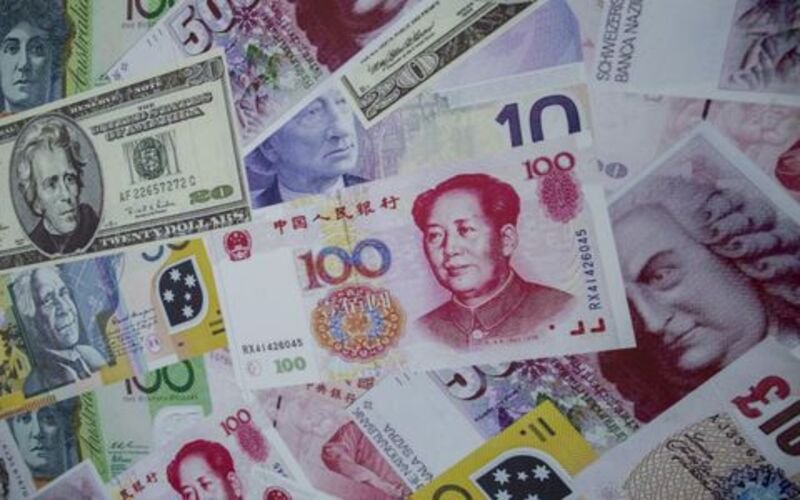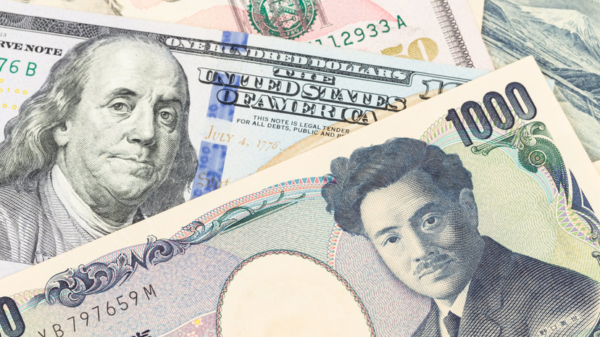FOREX Germany enters recession, euro falls, dollar hits 2-month high. As Europe’s largest economy, Germany, entered a recession on Thursday, the euro fell, and the dollar rose to a two-month high on safe-haven demand over a U.S. default.
Fitch put the U.S.’ “AAA” debt ratings on negative watch, indicating a possible downgrade if legislators don’t extend the debt limit.
With barely a week remaining to resolve slow-moving debt ceiling talks before the June 1 “X-date,” when the Treasury has warned it will be unable to pay all its obligations, the dollar has paradoxically benefited from safe-haven demand.
“It has been risk-off this week and that has benefitted the dollar generally,” said Danske Bank senior analyst Stefan Mellin.
European economic woes pushed the euro to multi-month lows versus the dollar.
Germany’s GDP shrank in the first quarter, putting it in recession after negative growth in the fourth quarter of 2022.
“We have seen some divergent cross-Atlantic macro data this week and while Germany is not the euro, the momentum in the economy is stunningly weak,” Danske Bank’s Mellin said, citing Ifo and PMI data.
The U.S. dollar index, which measures the currency against six major peers and is highly weighted towards the euro, climbed 0.3% to 104.16, the highest since March 17.
Euro fell 0.2% to $1.0715, a two-month low.
After hitting $1.2332, sterling fell 0.1%. The dollar hit 139.705, its highest since November 30, against the yen.
The economy has been robust to the central bank’s vigorous tightening drive, supporting the U.S. dollar.
Money market traders in December expected a quarter-point Fed rate drop, down from 75 basis points.
After several Fed officials took, hawkish positions and the latest meeting minutes showed “almost all” policymakers saw upside risks to inflation, they raised the odds for another quarter-point hike in June to about 1-in-3.
The market aggressively priced in Fed rate decreases this year. “That’s changed over the last two weeks, which is dollar supportive,” Danske Bank’s Mellin said.
The offshore yuan fell to 7.0903 per dollar, a six-month low.
The Asian giant’s economic statistics show weak consumer demand and a post-pandemic rebound that may be over.
“The PBoC (People’s Bank of China) showed little intention to defend the (yuan),” Mizuho Bank’s top Asian F.X. strategist Ken Cheung wrote in a client note.
He predicted the yuan to stay under pressure until economic indicators improved or the PBoC stabilized the currency market.
Due to its extensive trade links, Australia’s dollar has fallen to a 6-1/2-month low of $0.6523.
The New Zealand currency fell 2.2% after the central bank’s surprise dovish shift on Wednesday. At $0.6077, it fell 0.4%.




































Comment Template